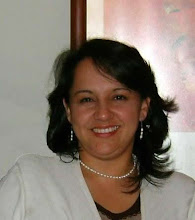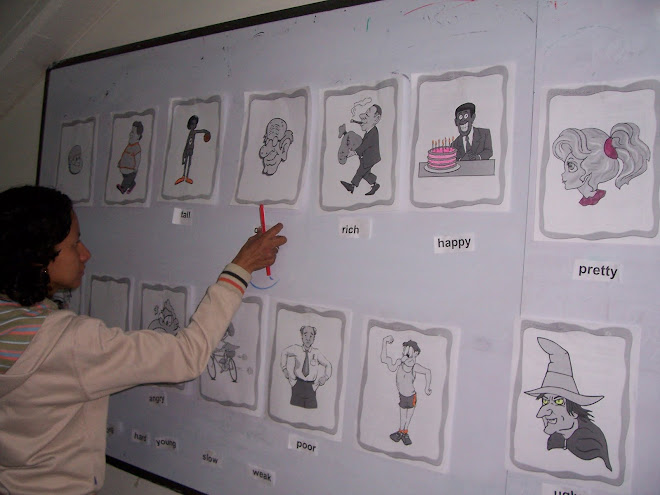
This week I asked my students to write a little paragraph about themselves. It was very exciting to see their first texts.They are careful with aspects like grammar and syntax.
These are just two examples
Dear teacher Olga
How are you? I am Jesus Antonio, i am student of technological design at National Pedagogical University. I like learning in english class.
My teacher is good education for the deaf students, she likes learning a Colombian sign language and we are happy of learning english.
Jesus Monroy
Hello, I am Edith Rodríguez. I´m twenty four years old. I am very intelligent, beautiful, funny and nice. I´m a pschy pedagogy student at National pedagogical University. I´am good worker and I´am very happy at the deaf community. I´am interested in english class to learn nev english words.
Love
Image taken from http: // 64.76.64.kolores/images/photos/escribiendo%20en%20el%20pizarrón











